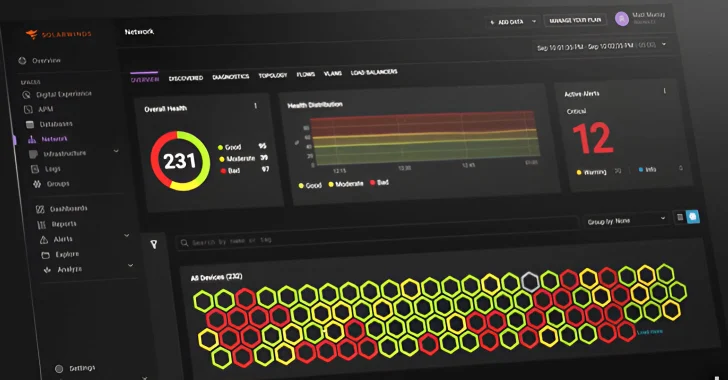A significant security breach has been uncovered, involving over six million installations of Chrome browser extensions that clandestinely execute remote commands, monitor user activities, and potentially expose sensitive information. Security researcher John Tuckner from Secure Annex identified at least 35 such extensions, many of which are unlisted in the Chrome Web Store, rendering them invisible to casual users and challenging for security teams to detect.
Discovery of Malicious Extensions
The investigation commenced when security professionals observed unusual behaviors from unlisted Chrome extensions—those not indexed by search engines or visible in Web Store searches. One notable example is the Fire Shield Extension Protection, which purported to safeguard users from harmful extensions but was itself found to be highly suspicious. Despite its unlisted status, it had amassed over 300,000 users and requested extensive permissions, including access to all web traffic, cookies, browser tabs, and the ability to execute scripts.
Further analysis revealed that Fire Shield Extension Protection was part of a network of 35 extensions exhibiting similar behaviors. These extensions often claimed to offer services like ad blocking, privacy protection, or enhanced search results, yet their actual code was minimal or non-functional.
Deeply Embedded Surveillance Capabilities
The manifest files of these extensions requested permissions far exceeding what would be necessary for their stated functions. They could:
– Access and collect all cookies for any domain visited.
– Monitor and track user web activity across all sites.
– Access sensitive browser headers, including ‘Authorization’ and ‘Cookies’.
– Execute scripts retrieved from remote servers within the browser context.
– Open and close browser tabs without user interaction.
Crucially, these extensions featured a remote configuration capability, allowing their behavior to be altered by commands from external servers. This effectively turned the browser into a remotely controlled surveillance tool. The extensions sent regular heartbeat pings to their command servers and could receive updates that expanded their tracking or data collection.
The code within these extensions was heavily obfuscated, making it challenging for analysts to determine the full extent of their capabilities. Some functions were only activated after receiving specific configurations from remote servers, which could be triggered after a user had been active for a certain period. This delayed activation helped the extensions evade detection during routine security checks.
Investigators also found that some extensions shared identical code patterns and callback domains, further linking them as part of a coordinated operation. In some cases, the extensions were associated with suspicious company names or privacy policies dating back as far as 2019, indicating a long-running campaign.
Distribution Methods and User Impact
The method by which these unlisted extensions achieved millions of installations remains unclear. Theories include distribution through malicious ads, bundling with other unwanted software, or automated installation mechanisms. Some extensions even received Featured status in the Chrome Web Store, which could falsely assure users of their legitimacy.
This incident underscores the vulnerabilities within the Chrome extension ecosystem. By compromising existing extensions through developer account takeovers—not code exploits—the attackers bypassed Google’s security reviews. This highlights the need for heightened vigilance among both developers and users.
Recommendations for Users
Security experts urge Chrome users to:
– Review and remove any extensions with excessive permissions or unclear purposes.
– Be cautious of extensions requesting access to all websites, cookies, or browsing data.
– Only install extensions from reputable developers with transparent privacy practices.
– Regularly audit installed extensions and monitor for unusual network traffic.
By adopting these practices, users can better protect themselves from potential threats posed by malicious extensions.



